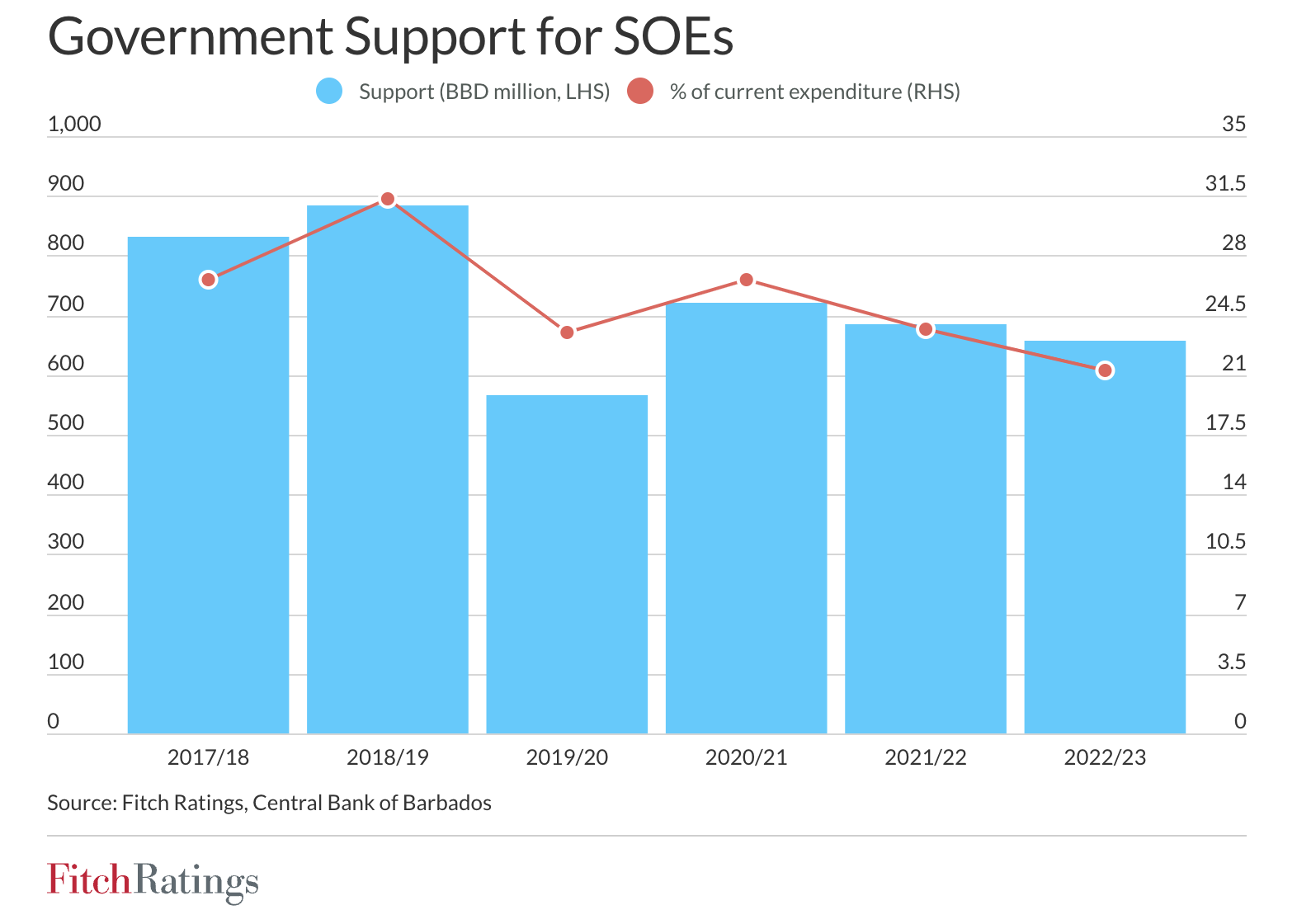Submitted by Bentley Norville

“…our food import bill around 800 to 900 million dollars a year …”
With all the recent and current talk on agriculture and our gargantuan food import bill a serious rethink on how we acquire our food is urgently required. With our food import bill around 800 to 900 million dollars a year we cannot afford not to.
When we look at agriculture as it’s now practiced we recognise that sugar cane cultivation accounts for most of our agriculture land. A quick look at sugar production reveals that the yield as measured in weight per square foot per year is only 0.15lb/sq.ft./yr. By contrast food production, using methods currently practiced elsewhere – see video – can yield from 1.0 up to 5.0 (and beyond) lb/sq.ft./yr.
It has been argued that we need to continue sugar production for a number of reasons. Following are the arguments against these so-called reasons:
-
Sugar brings in valuable foreign exchange. The foreign exchange from sugar cane is at most $80 million dollars net per year (counting all the by products incl. rum). However, by developing a rational food production system we could reduce our food import bill by at least 30 percent in 5 years. This amounts to 240 to 270 millions dollars of foreign exchange saved per year.
-
Cultivation of sugar cane prevents soil erosion. There are many other (and better) ways to prevent soil erosion. Some of these include Permaculture, Contour tilling and planting, No-dig agriculture, Water harvesting.
-
Sugar cane can be grown for production of fuel. The argument is this is done in other places and can be done here too. It has been found that this takes land for food out of production and leads to increased food costs. Also, Brazil is often used as an example of energy from sugar cane. However, Brazil has a surface area of 3.288 million sq. miles and a population density of 60.43 persons per sq. mile while Barbados has a surface area of 166 sq. miles and a population density of 1710 persons per sq. mile. We need to take the position that Lee Kwan Yew of Singapore took many, many years ago, i.e. Singapore’s land was to valuable to be squandered producing cash crops for export. We can put our valuable agricultural land to far better use.
We can produce food on the very smallest of plots anywhere in the country using innovative methods for which there is extensive instruction available (there is a individual with a 640 sq.ft. plot with 32 different fruit trees). These methods include permaculture, urban gardening, bio-intensive gardening, vertical gardening etc. (Anyone who wants to have information on any of these methods can contact me).
Its about time we start thinking seriously about agriculture, start recognising the link between agriculture, nutrition and health and stop bemoaning the fact that our food import bill is astronomical and we spend exorbitant sums on chronic non-communicable disease. Producing significantly more nutritious food could go a long way in addressing both of these concerns. By the way, The International Food Policy Research Institute has produced a document titled “Reshaping Agriculture for Nutrition and Health“. You can contact me if you would like to have a pdf copy of this document.




The blogmaster invites you to join the discussion.